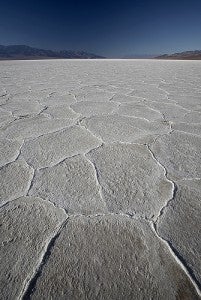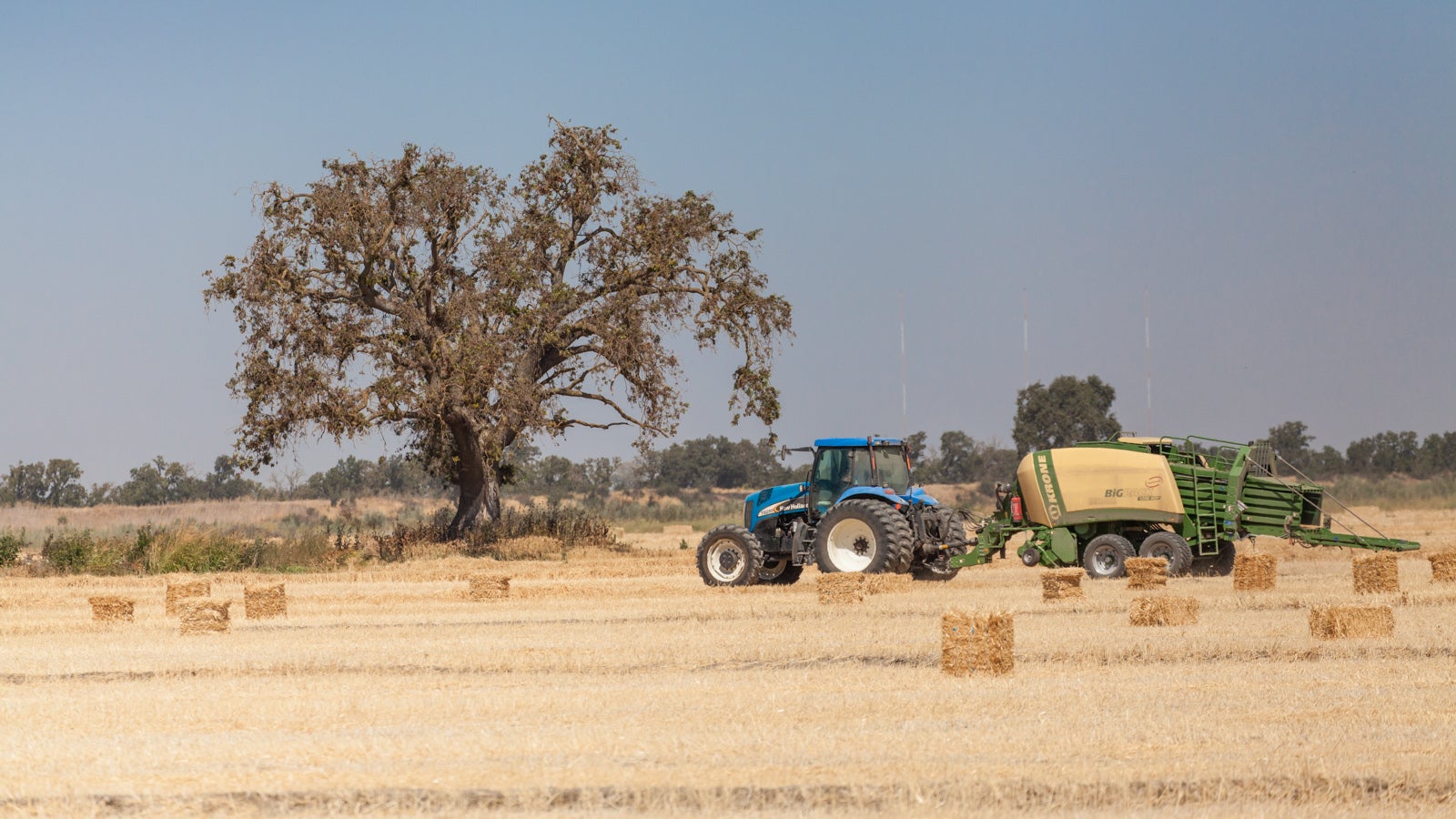 A common misperception is that citrus season is in the summer, but peak citrus season is actually happening right now.
A common misperception is that citrus season is in the summer, but peak citrus season is actually happening right now.
California grew over 90 percent of U.S. lemons last season, but the severe drought in 2015 caused a 9 percent dip in domestic lemon production compared to the previous growing season. This meant higher costs for farmers, consumers – and the planet.
In honor of peak citrus season, I asked Bakersfield citrus grower John S. Gless how he’s getting more crop per drop of fertilizer and water through “fertigation,” why efficiency and sustainability practices are good investments, and why land stewardship is a core part of farming. Read More



